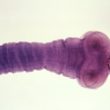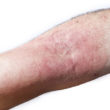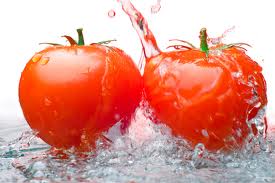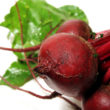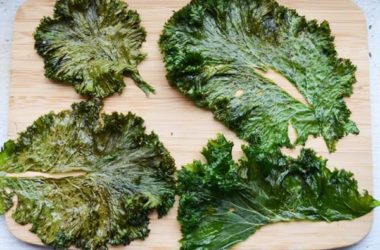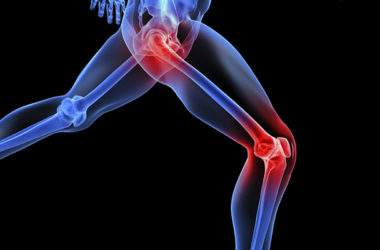Here’s a quick guide on the common errors when it comes to cleaning produce.
It’s just common sense that you’re going to wash fruits and vegetables in cold water especially when you plan on eating their skin. However, there are some who are not really aware that all fruits and vegetables, regardless of whether they have inedible rinds or skins or not, should be washed still. A lot of people fall sick every year due to food related problems which are mostly linked to produce. Washing produce properly can help eliminate harmful bacteria or germs to avoid illnesses caused by food.
There are many ways produce can get contaminated. As it grows, the produce usually comes in contact with soil, animals, water, and farmer all of which can transfer bacteria or other germs to the veggies and fruits. Once they are harvested, they are then transferred from one hand to another during the packing, processing, and delivering meaning they are exposed once more to harmful substances.
As a rule, you should always wash your hands with soap and water before and after you handle your newly bought fresh produce. As a matter of fact, all produce can be washed in cold, running water while those with thick skins or rinds need additional scrubbing to get rid of germs that may be clinging to the skin. After washing, dry the fruits and vegetables with a clean towel so there are no new germs re-introduced. Once it is washed and dried properly, you can dry, peel, slice, and eat it.
However, there are certain fruits and vegetables that require extra cleaning compared to others and these are:
- Most never even consider washing the skin of the avocado but the skin can actually harbor bacteria that can spread to the knife that you are using as you slice it. See to it that you rinse the skin and give it a few scrubs before slicing.
- Hot peppers. When washing hot peppers see to it that you wear gloves since their natural oils can burn your skin and eyes.
- Fresh herbs. These should be gently handled. In order to get rid of the bacteria and germs that are hiding in the leaves, simply dip them in a bowl filled with cold water and gently swish the leaves around. Pat the leaves dry using paper towel.
- Leafy greens. Soak them first in cold water for 2 minutes before rinsing with cold, running water to get rid of the germs and any trapped dirt.
- Cauliflower and broccoli. Both these veggies have plenty of crevices where germs and dirt can hide. You should soak them first in cold water for two minutes before washing them with cold, running water.
- Dirt and bacteria are often trapped in the stem of the apple. You should trim the ends of the apple after you washing and brushing under cold, running water.
- You don’t need to wash mushroom as dry brushing is enough to get rid of the bacteria and dirt. If the mushroom that you have is a bit dirty, run it under cold water for a few seconds or brush it with a paper towel that is a bit damp. The mushroom shouldn’t be washed too much since it will absorb water making it difficult to cook.
- Even if the melon rind has been trimmed, make sure that you wash and scrub it thoroughly to ensure that no bacteria will be transferred to the knife when the fruit is sliced. Pay extra attention to melons with thicker rinds since their crevices may have more germs hiding in them.





